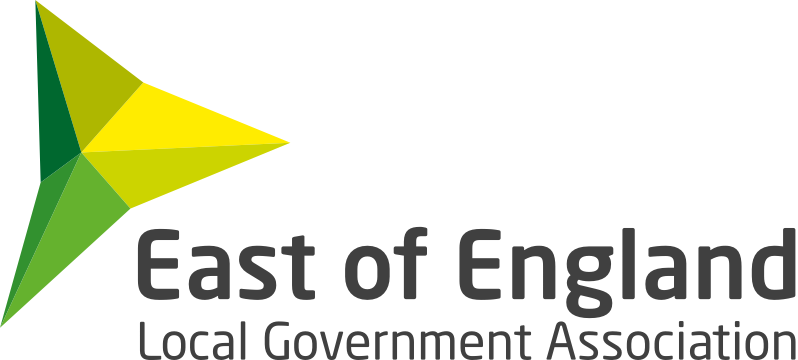Government Levelling Up funds fall short in the East of England
The East has been disadvantaged from the very outset of the Government’s Levelling Up programme, East of England Local Government Association (EELGA) analysis has found.
The organisation, which represents 50 local authorities across the East, wrote to HM Treasury prior to the Chancellor’s Autumn Budget, outlining five key priorities for the region and the case for further investment into the region’s diverse communities.
The areas covered Levelling Up, local authority funding, tackling climate change, improved connectivity and decarbonisation and integrated health and care services.
Now the spending review has been published, EELGA has analysed whether the Chancellor’s announcements have addressed these issues.
EELGA’s report analysing the outcome of the Spending Review for the region (read in full here) comments that: “The government has committed a great deal of funding to support areas outside of London within this Spending Review. However, it is disappointing to see that the East of England has received considerably less than other areas.
“The levelling up fund is the most obvious example of the East of England not receiving an equitable share.”
The report adds that just three of the region’s seven priority one geographical areas for Levelling Up will receive an allocation through the Levelling Up Fund. This creates a clear risk that other deprived areas within the East of England will be left out, and left behind, in the wider levelling up of the UK.
Transport is another critical area where funding in the East of England was less than other regions “by a considerable margin”. City areas in the North and Midlands received billion-pound settlements to support projects through city region settlements. Although the Local Road Maintenance Funding was also increased, the East received less than the national average for transport projects.
For core local authority funding, the report welcomes the 3% rise in core spending power for local authorities but is concerned this increase is dependent on increasing council tax to the maximum level. Local councils were not given a commitment to three years of funding, making fiscal planning even more difficult.
On health and care, the report says the additional £363 million of funding for children’s social care and £2.6 billion in SEND funding in the Autumn Budget is a step in the right direction. However, it says this funding still falls short of the level recommended by the Independent Review of Children’s Social Care to maintain standards.
The Spending review confirms that the £5.3 billion raised by the Health and Social Care Levy will be spent on Adult Social Care. However, £3.6 billion of this is not new discretionary funding. Rather, it is funding to cover the cost of the new Social Care Cap, and the more generous means testing, announced earlier this year. This leaves the sector only £1.7 billion of additional funding; a welcome increase, but far short of what is needed.
Cllr Linda Haysey, Chair of EELGA said: “The East of England received 40% less of the Levelling Up funding when compared to other parts of the UK, plus we have lost out to urban areas in other regions who will benefit from a much larger share of crucial transport investments.
“As a result, we now face even greater challenges for some of our rural areas, coastal communities, and towns where significant deprivation and inequalities existed pre-covid.
“Local authorities in the East of England are determined to keep the pressure on this collectively, and with our MPs, to see that our region benefits more equitably from the levelling up programme ahead.”



